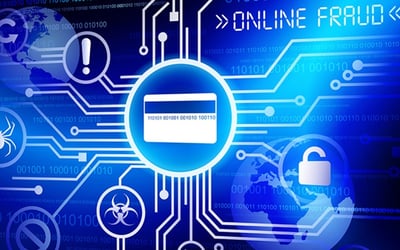Phishing Scams 101

According to the NCSA, phishing attacks use email or malicious websites (clicking on a link) to collect personal and financial information, or to infect your machine with malware and viruses. They can use social media and phone calls, too. Wired.com reports 91% of hacking attacks begin with a phishing attempt.
“Nobody’s immune,” says Jim McLarty, Vice President and IT Security Manager at Independent Bank. McLarty notes recent big banks, celebrities, and even the U.S. government have fallen victim to hackers through phishing attacks. “We’re all potential victims.”
Don’t take the bait—use these tips to keep your information safe:
Be suspect – Poor grammar, odd spacing, and urgent calls for action in the message are all red flags.
Don’t click the link – With suspicious emails or social media requests—even from people or companies you know—do not click any links.
Check the URL – Hover over links to see if the URL is consistent with the purported destination. Phishers often alter the name or domain (e.g., .com to .net) slightly.
Heed warnings – If a security certificate on a secure site (starting with https:) doesn’t match, a warning should pop up in your browser. “Most people automatically click through that,” says McLarty. Be aware and make sure to read any messages that pop up.
Protect your computer – McLarty recommends keeping your operating systems and other software up to date. Consider a third-party anti-malware solution for an added layer of protection.
